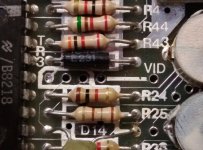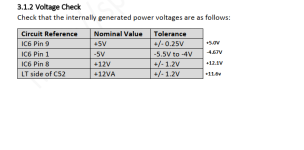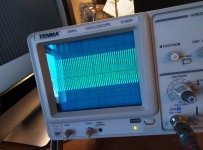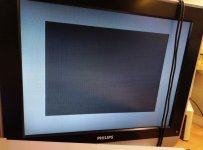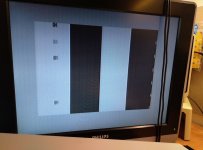OK, the oscillator is dead and the 4116 ram chips are also likely faulty. If you can't test them individually, then you will need to replace them all.
TR4 and TR5 are the oscillator transistors. TR4 should be a NPN Power Transistor with a 2A capacity. It's normally TR4 that fails. It's a ZTX650 but a ZTX651 or ZTX653 are both OK. You probably won't find a convenient to92 package 2A power transistor outside of those two, so try to get the ZTX. I sometimes use a BD139 but the pinouts are different so I have to twist the legs around to make them fit.
Your 4116 chips are socketed so remove them when you fix the transistor. If they are dead, you'll just blow the transistor again. Assume they are dead from the voltages you mentioned.
Measure the same IC6 places again. Are they the correct voltages after replacing TR4? If not, replace TR5. If you still don't have the correct voltages, then you're going to have to troubleshoot the power supply circuit end to end. Especially if you've replaced the caps.
Here's a schematic.
Once you have the correct voltages, then maybe just order a set of 4116's. They are cheap from China. Once installed, make sure you still have the correct voltages. You can also consider installing 4164's if you can't get the 4116's but keep in mind that they don't use -5v or 12v, and you'll need to disconnect those rails, bypass and tie down as necessary and then the only thing using 12v is the video circuit. But 4116's are still available and are cheap.
At this point, you should get video if your ULA is working and the z80 and ROM are working. A diagnostic rom image is a good idea too - Are you able to burn an eprom?
Regards
David
